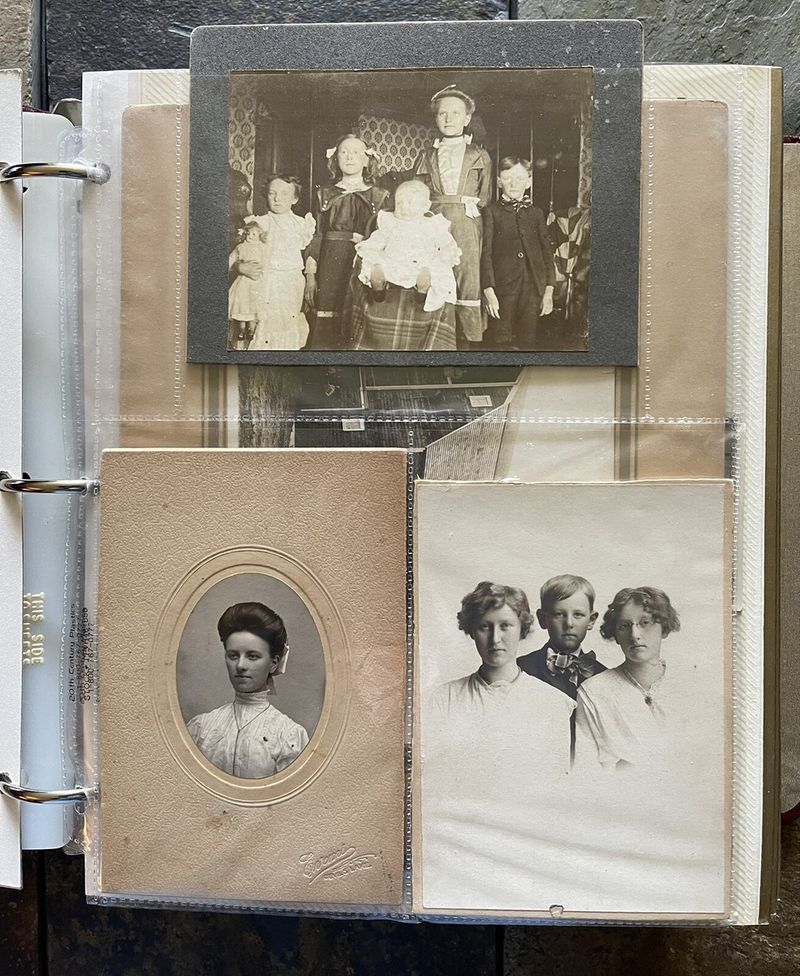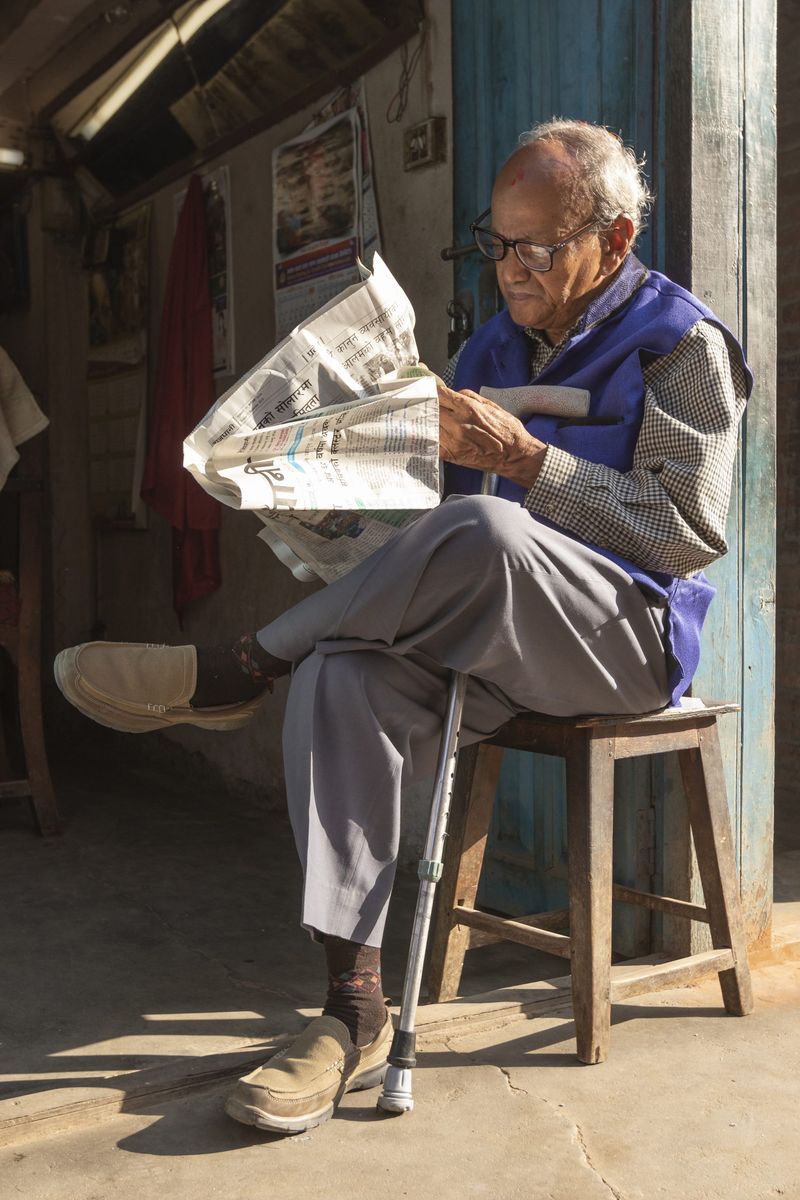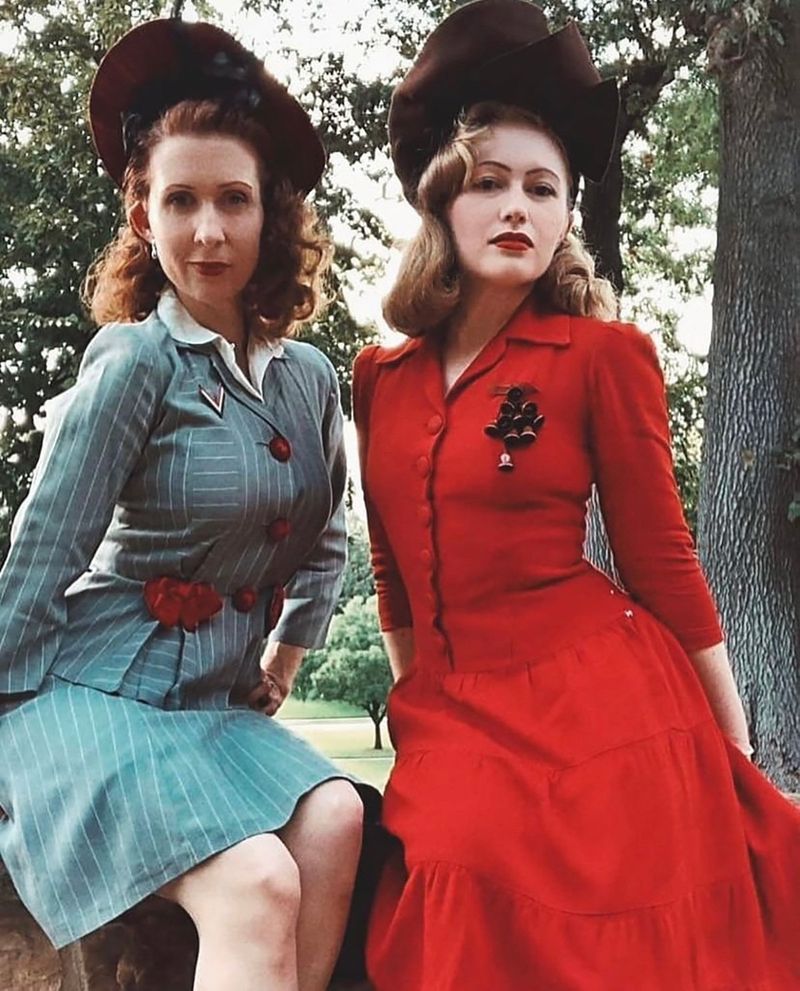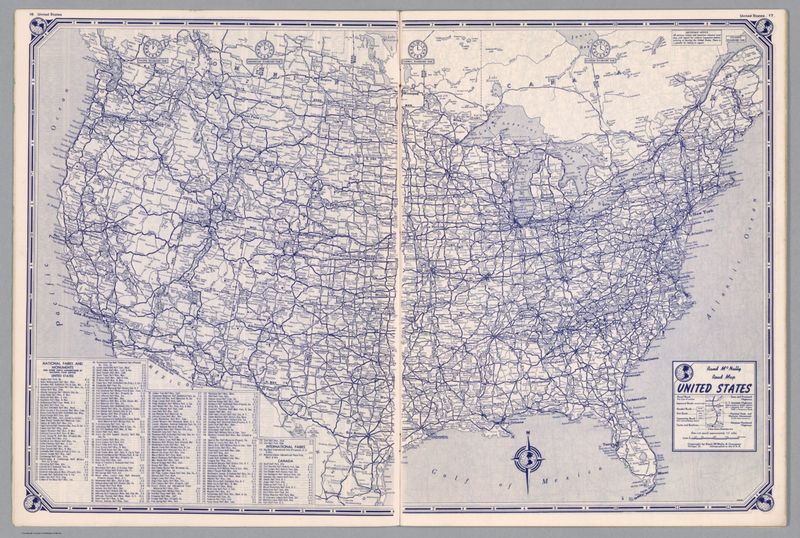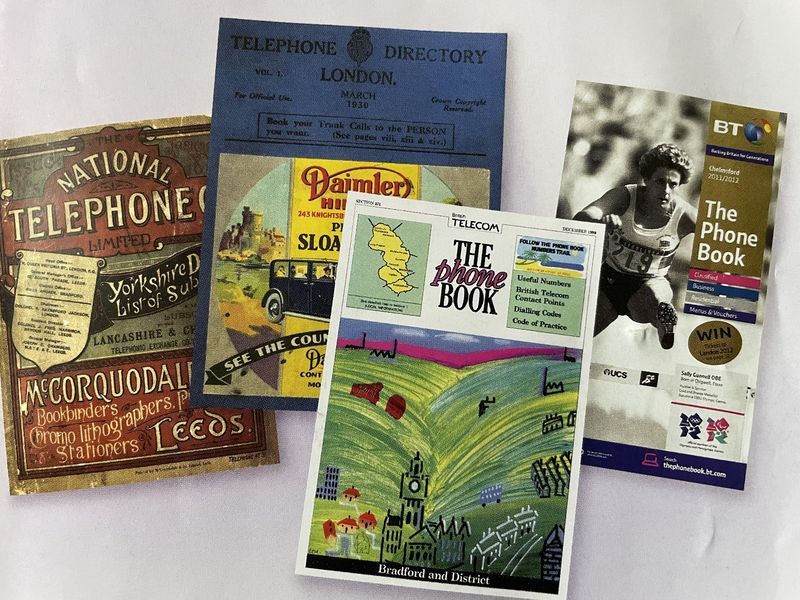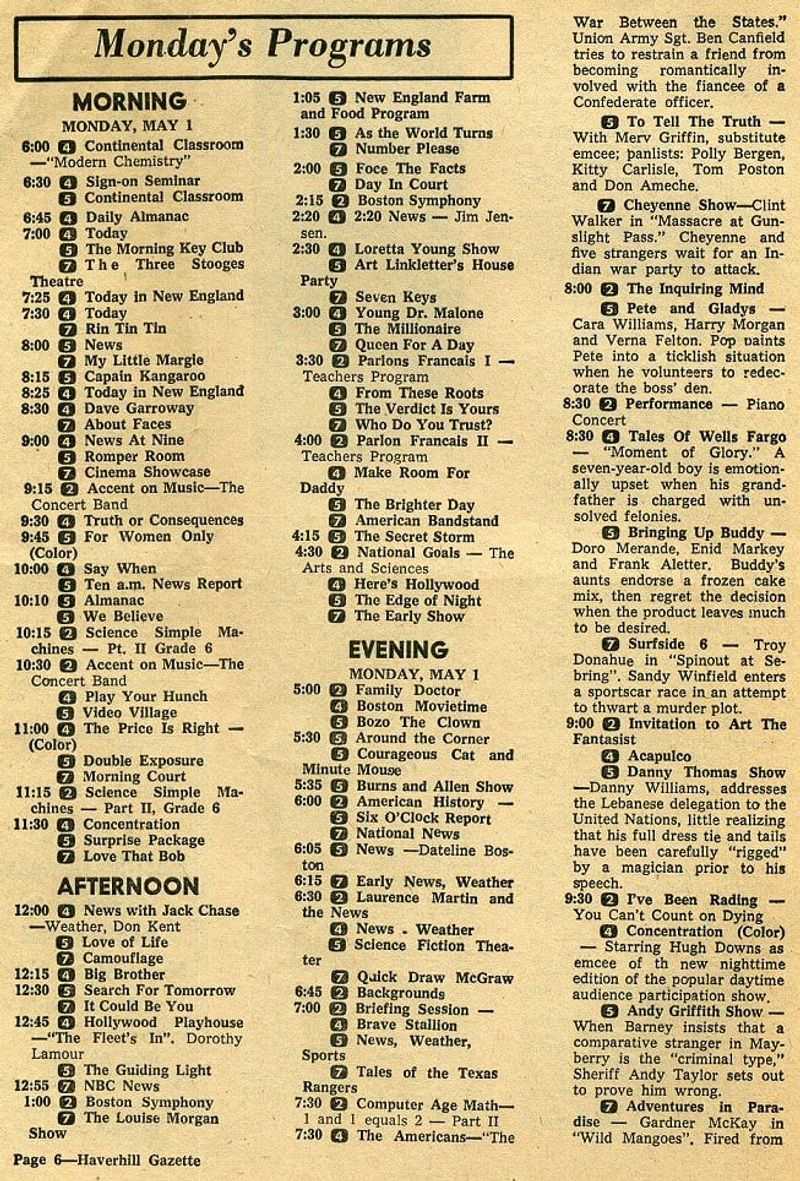As the Baby Boomer generation gracefully enters their golden years, numerous long-held traditions face the brink of extinction. These practices, cherished by older generations, are losing their grip in our fast-paced, tech-driven world. With digital convenience eclipsing the analog lifestyle, younger generations have paved new paths. This blog delves into twenty such traditions, capturing their essence and examining the forces behind their decline. From handwritten letters to balancing checkbooks, each item reflects a bygone era, shedding light on how cultural norms evolve over time, leaving once-universal habits in their wake. Explore these vanishing customs and their modern replacements.
1. Handwritten Letters & Cards
The charm of receiving a handwritten letter is unparalleled. In the past, penning letters was an art form, full of personal touches. Today, digital messages have replaced the intimacy of paper correspondence. Emails and texts, with their immediacy, appeal to the fast-paced modern life. A handwritten card, once treasured, is now a rarity. The shift from ink to pixels marks a significant cultural transformation. Young people seldom experience the joy of recognizing a loved one’s handwriting. While the written word remains powerful, its form has dramatically evolved with technology’s rise.
2. Printed Photo Albums
Photo albums, once a staple of family gatherings, have given way to digital slideshows. The tactile pleasure of arranging prints, writing dates, and preserving narratives is fading. Digital galleries, easily accessed on phones and computers, offer convenience and endless storage. Yet, they lack the tangible connection of handling physical photos. The transition reflects broader societal changes, where physical space often gives way to digital efficiency. The nostalgia of printed albums lingers, even as digital archiving prevails.
3. Landline Phones
Once a household centerpiece, the landline phone is now a nostalgic relic. Rotary dials and curly cords evoke memories of long family conversations. With the advent of mobile phones, the static landline lost its necessity. Cell phones, compact and omnipresent, connect us instantly. Younger generations view landlines as anachronistic, having grown up with personal devices. The sound of a landline’s ring, once signaling important calls, is rarely heard today. This shift underscores a broader movement toward portability and individual connectivity, leaving shared home phones in the past.
4. Reading Physical Newspapers
The rustle of newspaper pages, once a morning ritual, is becoming increasingly rare. Print newspapers, with their inky fingers and tangible presence, provided a daily connection to the world. Today, digital news is instantaneous and customizable, catering to diverse preferences. Social media platforms offer real-time updates, rendering print editions outdated. While some savor the nostalgia of reading a physical paper, many opt for digital accessibility. This transition highlights a broader shift in information consumption, prioritizing speed and personalization over tradition.
5. Formal Dinner Parties
Formal dinner parties, once a hallmark of social elegance, are giving way to more relaxed gatherings. The meticulous preparation of exquisite meals and fine table settings symbolized hospitality. Today, casual meetups, potlucks, and takeout dinners reflect modern convenience. Busy lifestyles and informal social norms diminish the appeal of hosting elaborate soirées. While elegant dinners still hold charm, their frequency declines. The shift mirrors changing priorities, where ease and spontaneity prevail over traditional formalities, reshaping how we connect over meals.
6. Wearing Suits & Dresses Daily
Once symbols of professionalism and style, daily suits and dresses are now mostly reserved for special occasions. The corporate world’s shift toward casual attire and remote work culture has redefined dress codes. Comfort and pragmatism overshadow the formality of traditional business wear. Younger generations favor versatile fashion that balances style with ease. This evolution in attire reflects broader societal changes, where flexibility and individuality take precedence over uniformity. The classic suit still exudes elegance, but its everyday presence is waning.
7. Cursive Writing
The graceful loops and swirls of cursive writing are becoming a rare sight. Once a key skill taught in schools, cursive is now overshadowed by typing. With keyboards dominating communication, the necessity for cursive dwindles. Young people often struggle to read cursive, let alone write it. While some view it as an art form, practical use is limited. This shift reflects broader educational trends, prioritizing digital literacy over traditional handwriting. Cursive’s fading presence underscores a shift in communication’s form and function, as technology reshapes learning priorities.
8. Encyclopedias & Dictionaries on Shelves
Once prized for their wealth of knowledge, encyclopedias and dictionaries now gather dust. These hefty volumes, staples in homes and libraries, offered a window to the world. Today, digital resources like Wikipedia and Google provide instant access to information. The practicality and immediacy of online search outshine traditional reference books. Younger generations rarely experience the joy of leafing through pages for answers. This transition highlights a broader trend toward dynamic, up-to-date content, meeting the demand for real-time information and convenience.
9. Sunday Church Attendance
Sunday church attendance, once a cornerstone of community life, is in decline. Shifts in societal values and an increase in secularism contribute to this trend. Younger generations often seek spirituality outside traditional institutions. Flexibility in worship practices and lifestyle changes reshape how faith is practiced. While some maintain regular attendance, many explore diverse spiritual paths. This evolution reflects broader cultural shifts, where individual beliefs and practices are prioritized over communal rituals. The decline in attendance signifies changing dynamics in faith and community engagement.
10. Collecting Physical Media (CDs, DVDs, Records)
The once-popular hobby of collecting physical media is waning. CDs, DVDs, and records, cherished for their tangible nature, face competition from streaming services. Platforms like Spotify and Netflix provide vast libraries at our fingertips, overshadowing the need for physical collections. Younger generations gravitate toward digital convenience, accessing media on multiple devices. While some enthusiasts preserve collections for their aesthetic and auditory qualities, their numbers dwindle. This shift highlights a preference for on-demand content, reflecting changing consumption habits and technological advancements.
11. Asking for Directions
Asking strangers for directions, once a common travel ritual, is becoming obsolete. GPS technology and smartphone apps provide precise navigation, reducing reliance on human guidance. Younger travelers rarely experience the communal aspect of stopping to ask for help. Digital maps offer convenience, accuracy, and real-time updates, transforming how we navigate. This transition reflects a broader embrace of technology, prioritizing efficiency over human interaction. While nostalgia for spontaneous travel experiences persists, digital convenience prevails, altering how journeys are planned and undertaken.
12. Paper Maps & Road Atlases
The art of unfolding a paper map is fading away. Once essential for road trips, paper maps and atlases are now overshadowed by digital navigation. GPS devices and smartphone apps offer turn-by-turn directions, making paper maps seem archaic. Younger generations often skip the tactile experience of charting a course across physical pages. The shift toward digital tools reflects broader technological trends, emphasizing real-time data and convenience. While paper maps evoke nostalgia for adventurous explorations, digital navigation shapes modern travel experiences.
13. Balancing a Checkbook
Balancing a checkbook, once a monthly ritual, is becoming a lost art. The meticulous process of recording transactions and ensuring accuracy is less common today. Online banking and financial apps offer real-time tracking, eliminating manual checks and balances. Younger generations favor digital tools for their convenience and instant access to account information. The shift from paper to pixels underscores a broader trend toward automation and efficiency. While some value the discipline of traditional bookkeeping, technology-driven solutions redefine personal finance management.
14. Staying at One Job for Life
The idea of spending an entire career at one company is fading. Once seen as a stable path, long-term employment is less common among younger workers. Job-hopping, driven by the pursuit of growth and flexibility, is the new norm. Companies also embrace dynamic work environments, valuing innovation over tenure. This shift reflects broader changes in the labor market, where adaptability and skills development are prioritized. While long-term loyalty was once celebrated, modern careers emphasize mobility and opportunity, reshaping professional trajectories.
15. Traditional Gender Roles in Marriage
Traditional gender roles in marriage, once clearly defined, are evolving. Couples increasingly share responsibilities, both at home and professionally. Younger generations prioritize equality and collaboration, challenging conventional norms. This shift reflects broader societal changes, where gender identity and roles are fluid. Modern partnerships emphasize mutual support and shared aspirations. While traditional roles persist in some spheres, the evolving landscape promotes diverse and balanced relationships. The transformation highlights changing values and expectations, fostering environments of respect and cooperation, shaping contemporary family dynamics.
16. Phone Books & Yellow Pages
Phone books, once a household staple, are becoming obsolete. The hefty tomes, filled with contact information, are no longer essential. Online search engines offer instant access to vast databases, surpassing the need for physical directories. Younger generations, accustomed to digital efficiency, rarely encounter phone books. This shift reflects broader technological advancements, where immediacy and accessibility take precedence. While phone books evoke nostalgia for simpler times, their practicality diminishes in the digital age, reshaping how information is accessed and utilized.
17. TV Guide & Scheduled Programming
Once essential for television enthusiasts, TV guides and scheduled programming are fading into history. Streaming services offer on-demand content, eliminating the need for rigid schedules. Younger viewers enjoy flexibility, selecting shows at their convenience. This transition reflects changing viewing habits, where personalized entertainment prevails. While some appreciate the nostalgia of flipping through a guide, the digital age prioritizes immediacy and choice. The evolution of television consumption underscores a broader cultural shift towards autonomy, shaping how media is accessed and enjoyed.
18. Saying ‘Mr.’ or ‘Mrs.’ for Adults
The formality of addressing adults as ‘Mr.’ or ‘Mrs.’ is declining. Younger generations, valuing informality, often use first names. This shift reflects broader changes in social norms, where hierarchy and titles are less emphasized. Casual communication styles, influenced by digital interactions, foster familiarity and approachability. While traditional titles still hold respect in certain contexts, their everyday use wanes. The transition highlights evolving societal values, prioritizing equality and inclusivity over rigid formalities, redefining how respect and relationships are expressed and maintained.
19. Cash & Checks as Primary Payment
The dominance of cash and checks in transactions is decreasing. Digital payments and mobile wallets offer speed and security, overshadowing traditional methods. Younger consumers embrace credit cards and apps like Venmo for their convenience and integration. This shift reflects broader trends in commerce, where technology enhances efficiency and user experience. While cash and checks evoke nostalgia for simpler economic exchanges, digital solutions redefine payment landscapes. The evolution signifies changing consumer preferences, embracing innovation and accessibility in financial interactions.
20. Retirement at 65
The concept of retiring at 65 is evolving. Rising living costs and increased life expectancy challenge this traditional milestone. Many now work beyond this age or pursue phased retirement. Younger generations prioritize financial planning and adaptability, shaping diverse retirement paths. The shift reflects broader economic and demographic changes, where flexibility and autonomy are valued. While 65 remains symbolic, modern retirement emphasizes personal goals and longevity, redefining how later life is envisioned and achieved. This transformation highlights shifting priorities in work-life balance and future planning.


